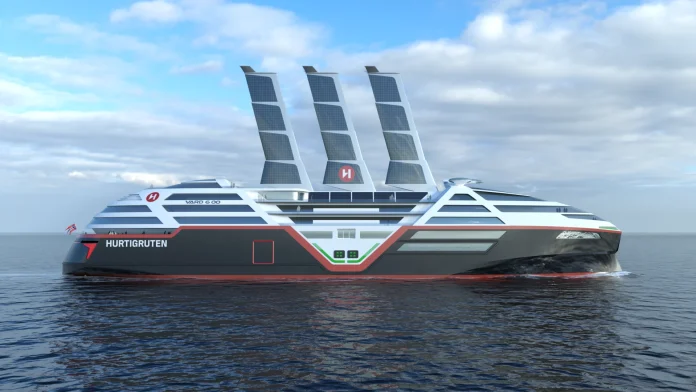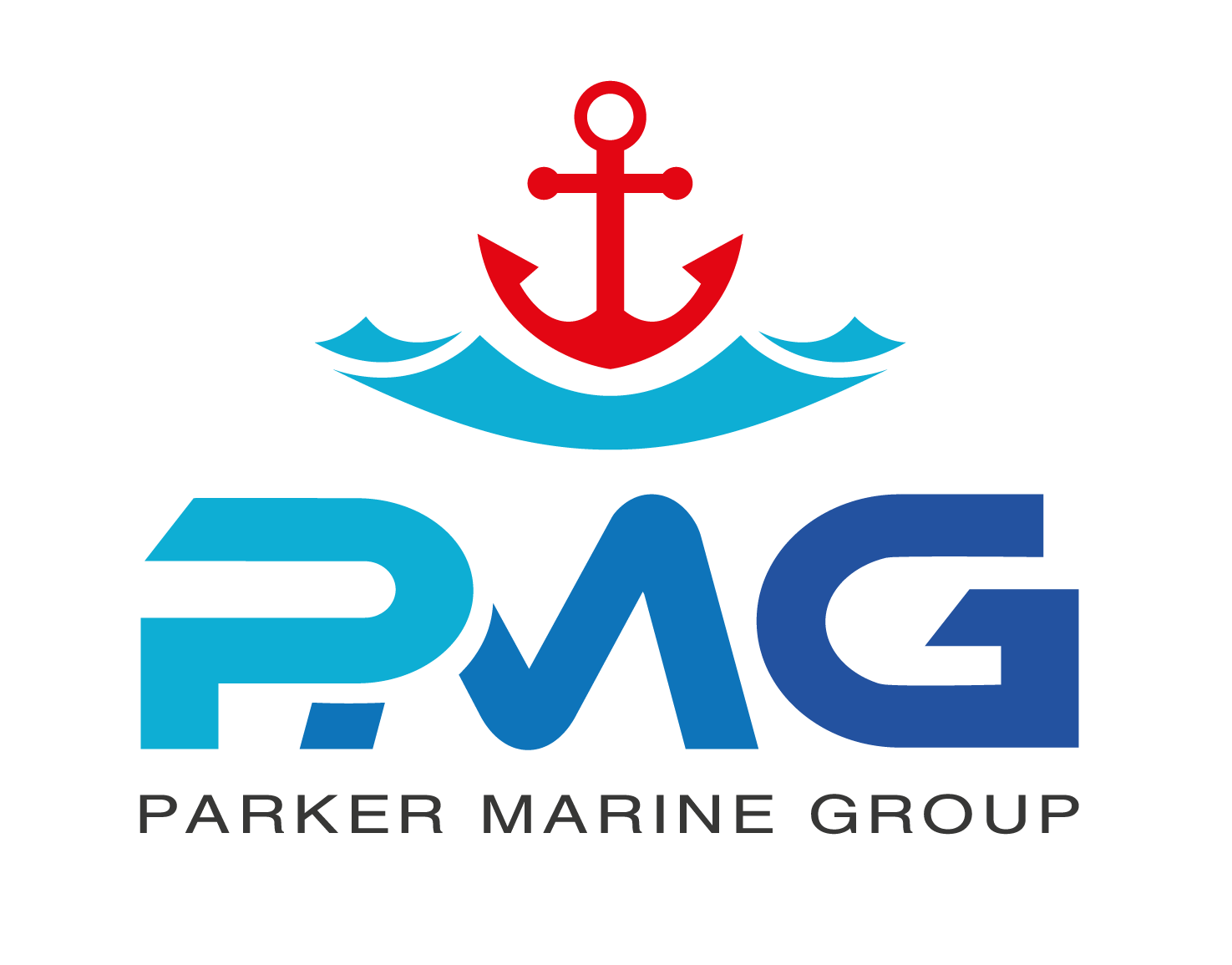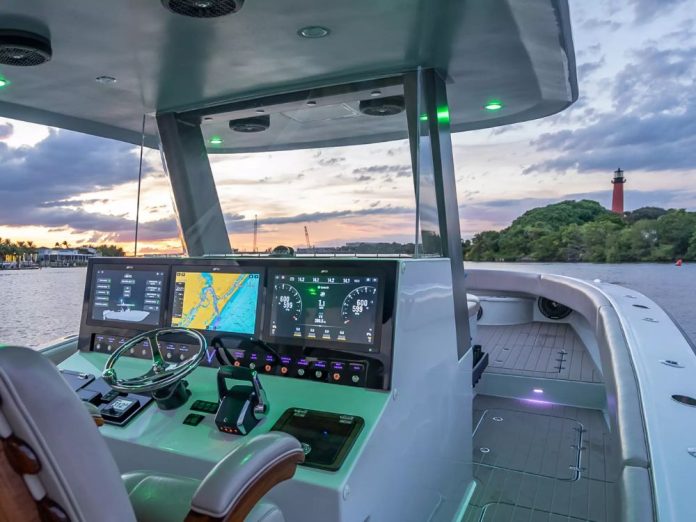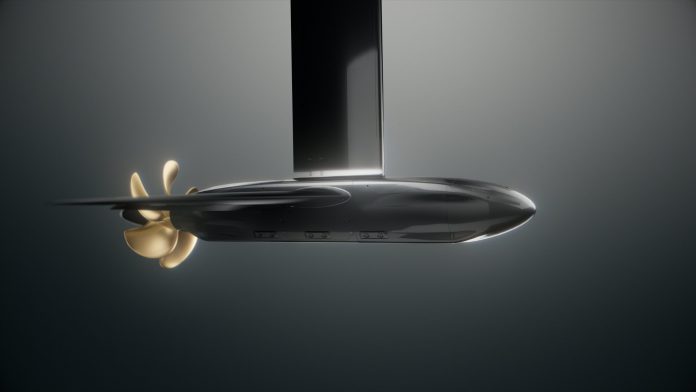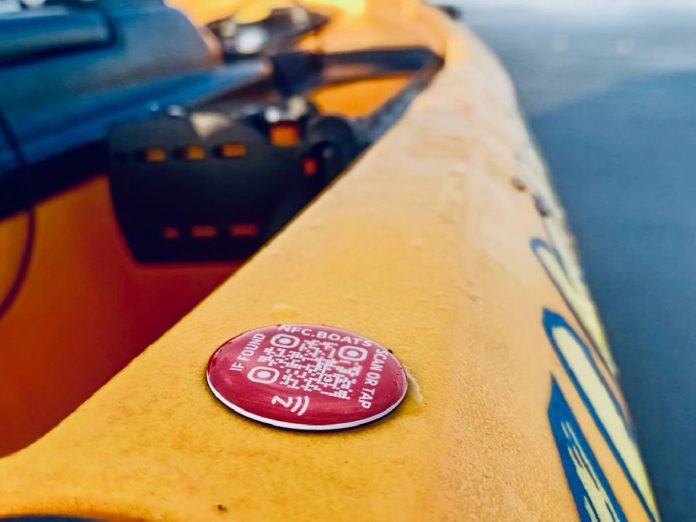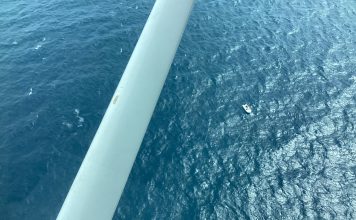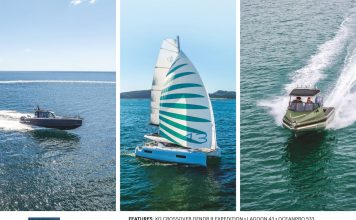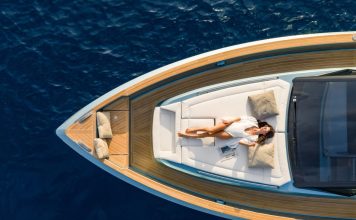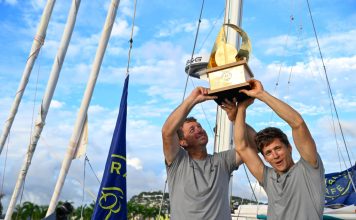A Visionary Approach to Sustainable Maritime Travel
Hurtigruten, a company known for its innovative and sustainable solutions, has long been at the forefront of green technology in the cruise sector. With Sea Zero, the company takes a giant leap towards decarbonising an industry traditionally powered by heavy fuel oils and producing substantial waste. Partnering with leading maritime experts and researchers, Hurtigruten’s vision for the future of cruising is one where luxury, comfort, and sustainability coexist without compromise.
The cruise industry’s environmental impact is vast. Conventional cruise ships are responsible for around 21,000 tonnes of CO₂ emissions each day, according to industry estimates. Hurtigruten’s mission to mitigate this impact led to the conceptualisation of Sea Zero, an ultra-modern, fully electric ship designed to revolutionise energy consumption and emissions in the maritime sector.
Technological Innovations: The Heart of Sea Zero
What sets Sea Zero apart from its predecessors is its reliance on cutting-edge technologies that significantly reduce or eliminate the vessel’s carbon footprint.

The ship’s innovative design incorporates several key features, including:
- Wind-Assisted Solar Sails: Taking a step towards maximising renewable energy, Sea Zero will be equipped with solar sails that harness both wind and solar power. These sails can generate a portion of the ship’s energy requirements, allowing it to rely less on conventional power sources, thus reducing overall energy consumption. The integration of solar panels into the sails exemplifies the project’s focus on energy optimisation.
- Cobalt-Free Battery Banks: One of the most impressive features of the Sea Zero project is its commitment to cobalt-free batteries. Conventional lithium-ion batteries rely on cobalt, a mineral associated with environmental and ethical concerns. By using a cobalt-free alternative, Hurtigruten ensures that its energy storage solutions are as environmentally friendly as possible. These large battery banks will enable the ship to run entirely on electricity during key portions of its journey, particularly when in port or near sensitive marine areas.
- Air Lubrication Technology: Sea Zero will also incorporate air lubrication technology, a system that reduces drag by creating a layer of air bubbles between the ship’s hull and the water. This technology not only improves fuel efficiency but also lowers operational costs, as less energy is required to propel the ship through water.
- AI-Driven Navigation: To further reduce emissions, Sea Zero will utilise AI-assisted navigation systems. These smart systems are designed to calculate the most energy-efficient routes, taking into account weather patterns, sea currents, and other environmental factors to optimise the ship’s journey. This AI technology ensures that the vessel operates at peak efficiency, reducing unnecessary energy expenditure and minimising the environmental impact of each voyage.
- Waste Heat Recovery Systems: Sea Zero’s design also includes waste heat recovery technology, which captures and reuses heat generated by the ship’s systems. This recovered energy can be repurposed to power onboard services, reducing the need for additional fuel and enhancing overall energy efficiency.

Passenger Experience: Luxury Meets Sustainability

While the primary focus of Sea Zero is on reducing its environmental impact, Hurtigruten has not overlooked the importance of the passenger experience. The company recognises that modern travellers are increasingly concerned about sustainability, but they still expect a certain level of comfort and luxury when embarking on a cruise holiday.
Hurtigruten’s commitment to providing a premium experience while minimising ecological damage is evident in the design of Sea Zero. The ship will feature state-of-the-art amenities, ensuring that passengers enjoy a luxurious experience, all while being fully aware that their journey is as environmentally friendly as possible. By combining technological advancements with an eco-conscious ethos, Hurtigruten hopes to attract a new generation of travellers who prioritise sustainability without sacrificing comfort.
The ship’s design will also reflect its mission, incorporating natural materials, energy-efficient lighting, and smart systems to ensure that even the onboard amenities align with the overarching goal of sustainability.
A Roadmap to 2030 and Beyond
The journey to bring Sea Zero to life is no small feat. Hurtigruten aims to have the vessel fully operational by 2030, a timeline that aligns with global goals for reducing carbon emissions. This project is not just about building a single ship; it represents a commitment to the future of sustainable travel and the cruise industry as a whole.
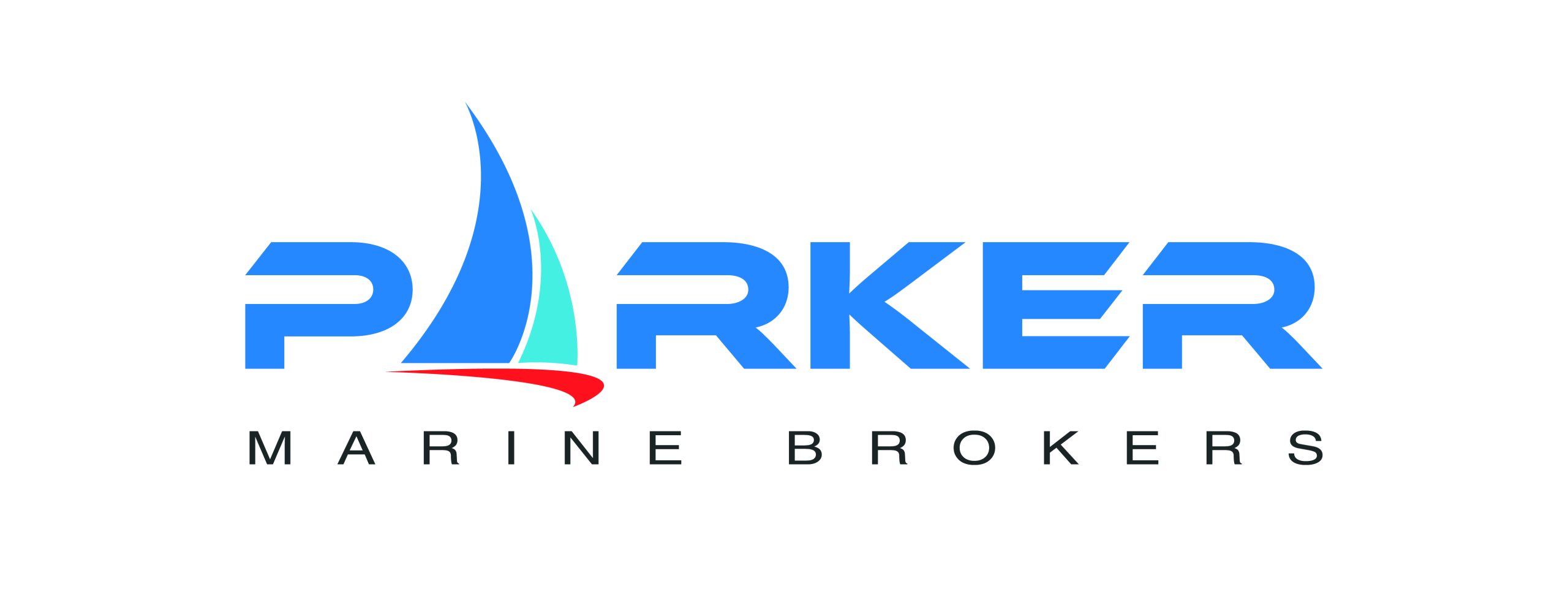


Hurtigruten’s vision extends beyond 2030. The company plans to continuously develop and refine its technologies, with the hope that the innovations pioneered by Sea Zero will eventually become the industry standard. By sharing their findings and encouraging collaboration across the maritime sector, Hurtigruten is positioning itself as a leader in the global push for a more sustainable future.
The Wider Impact on the Maritime Industry
The implications of the Sea Zero project extend far beyond Hurtigruten’s fleet. The technological advancements and innovations developed through this initiative have the potential to revolutionise the maritime industry as a whole. By setting new benchmarks for energy efficiency and environmental responsibility, Hurtigruten is challenging other cruise lines to follow suit.
The success of the Sea Zero project could inspire widespread changes in ship design, fuel consumption, and operational strategies, leading to a cleaner, greener future for global maritime travel.
A New Era of Sustainable Cruising

With the Sea Zero project, Hurtigruten is not just building a ship—it is crafting a blueprint for the future of the cruise industry. By integrating cutting-edge technology with a commitment to zero emissions, Hurtigruten is proving that luxury travel and environmental responsibility can go hand in hand. As the 2030 launch date approaches, Sea Zero represents a beacon of hope for a more sustainable and energy-efficient future in maritime travel, promising to leave a lasting legacy on the world’s oceans.








